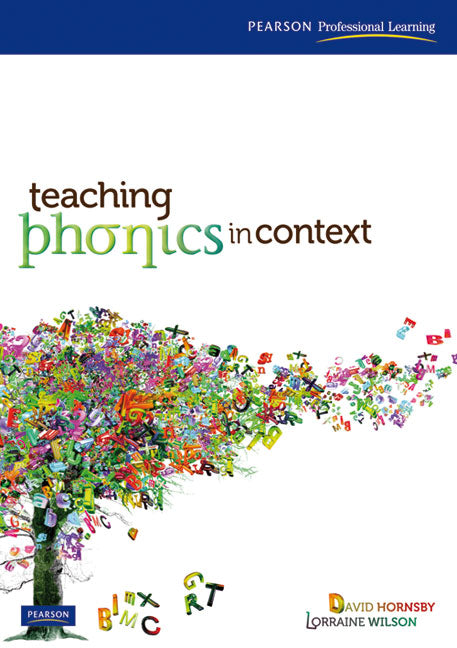Written by two highly respected educators, Teaching Phonics in Context describes how phonics can be taught as children learn to read and write.
The book looks at classrooms that shimmer and shine as children learn phonics through reading picture books, having fun with rhymes, playing with words and writing meaningful texts. It explains how within these contexts children learn the sounds of the English language and the letters of the alphabet and the relationship between them.
Teaching Phonics in Context presents guidelines for teaching letter-sound patterns while debunking the myth that there is a single valid sequence of instruction and revealing commercial programs to be unnecessary and often flawed. The book also includes 'teacher knowledge' sections to provide teachers with the confidence to teach phonics through meaningful reading and writing activities.
Review by Lynne Bury with the permission of the Australian Literacy Educators’ Association:
Teaching phonics is an important part of every primary teacher's literacy repertoire. However if you are unsure or would like to strengthen your understanding of how best to teach phonics, because of the myriad of conflicting information presented to teachers as well as continually reported in the media--this is the book for you.
Teaching Phonics in Context is an excellent professional resource that is engaging, thoughtful, and both easy to read and easy to use. It is solidly based on sound research including research by Chambers, Chomsky, Clay, Costa, Graves, Smith and Elley to name just a few. It is filled with contextually appropriate strategies that fit clearly with a deep, thoughtful understanding of literacy learning and teaching. This is a book about teaching phonics in classrooms filled with authentic, enjoyable literacy learning. 'Classrooms that shimmer and shine with lots of storytelling, read-alouds, writing, language play, singing, rhyme and poetry, spontaneous chatter, directed discussion, role-play, laughter... (p. 30).
The book is clearly set out and can be read from cover to cover (it's a very engaging read) or you can dip into different chapters depending on what you would like to explore. Each chapter is clearly connected and supports the philosophy and strategies explored in previous and subsequent chapters.

